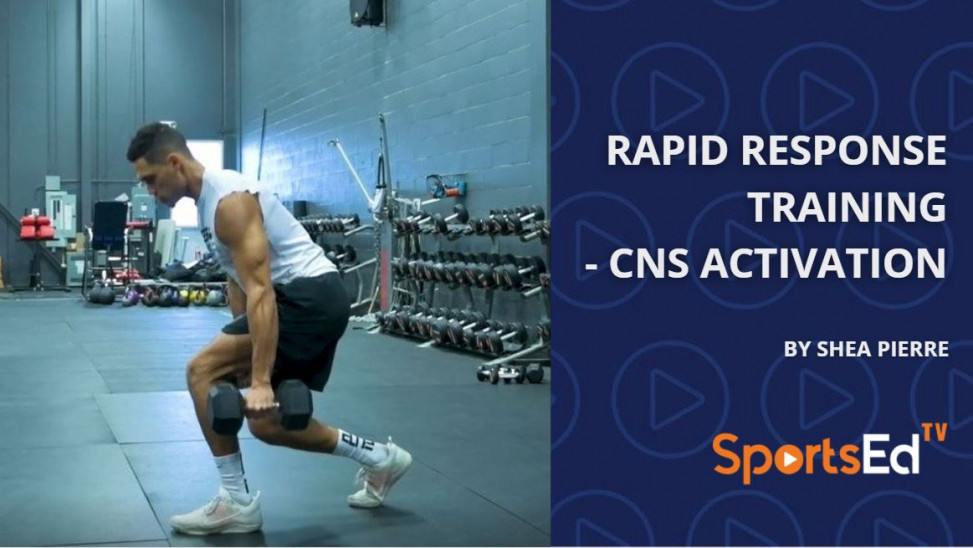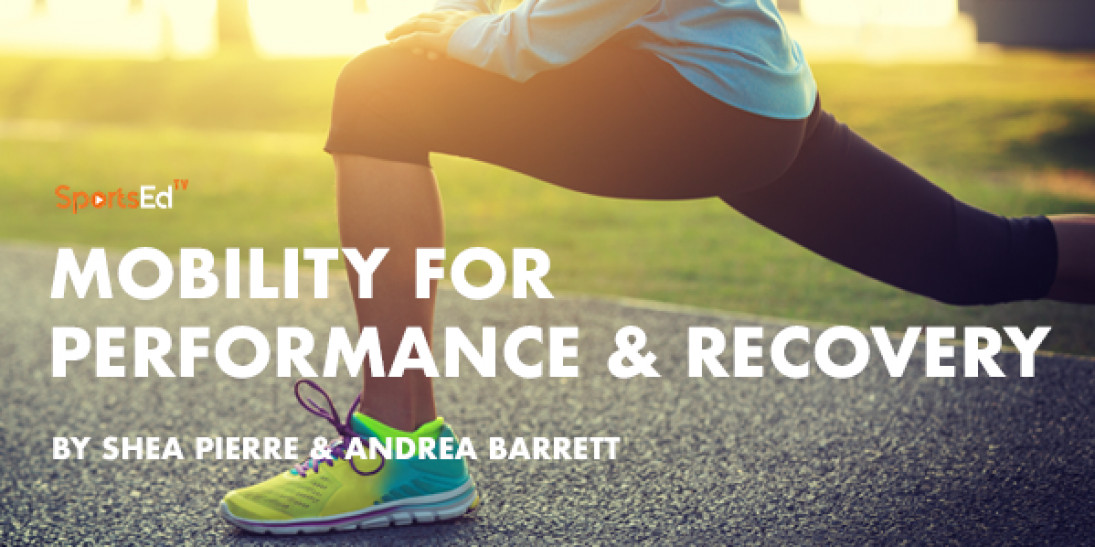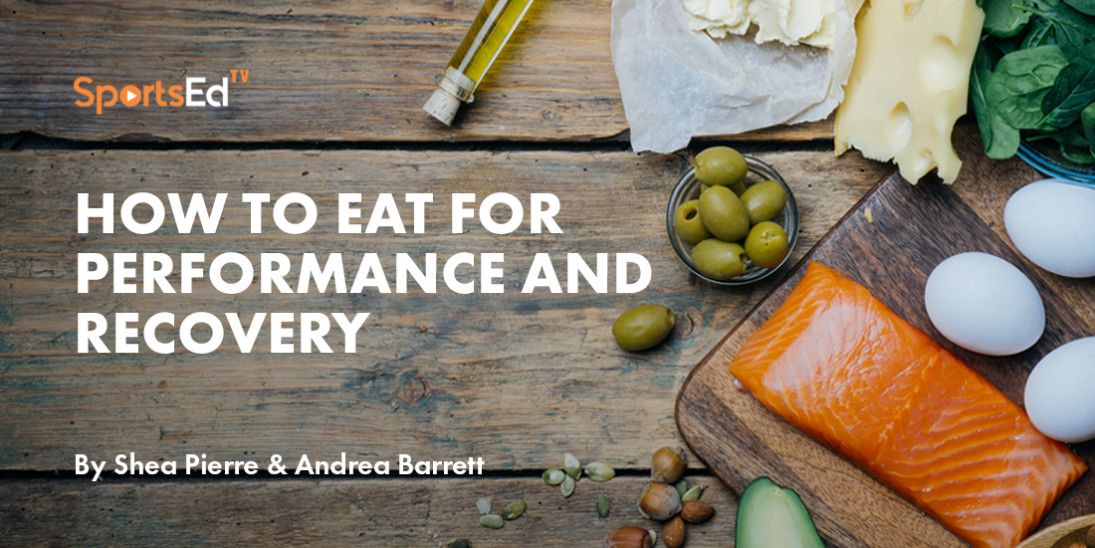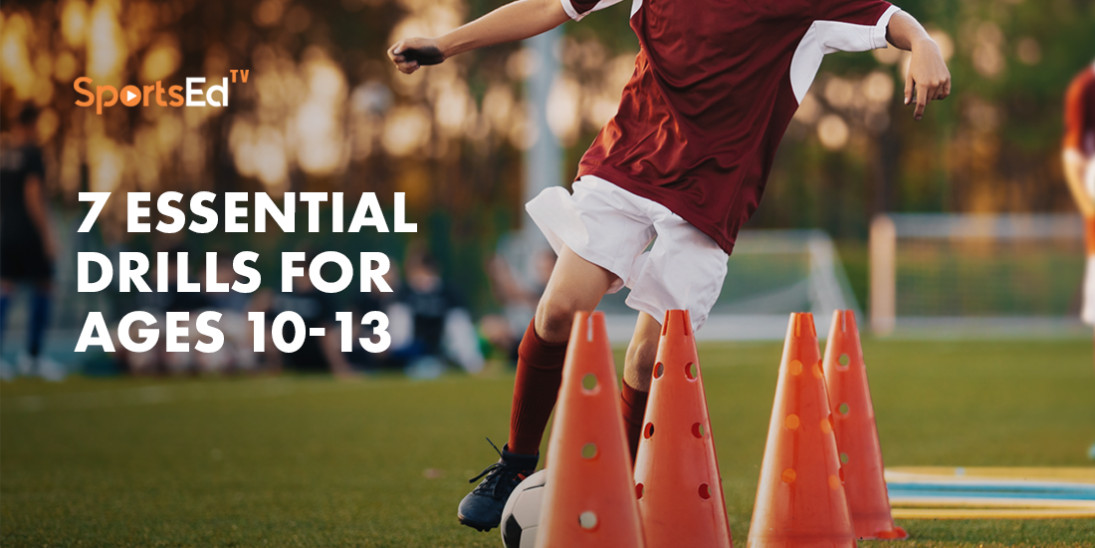Soccer, Strength And Conditioning
Welcome and thanks for visiting...

The Top 10 Ways To Recover Faster
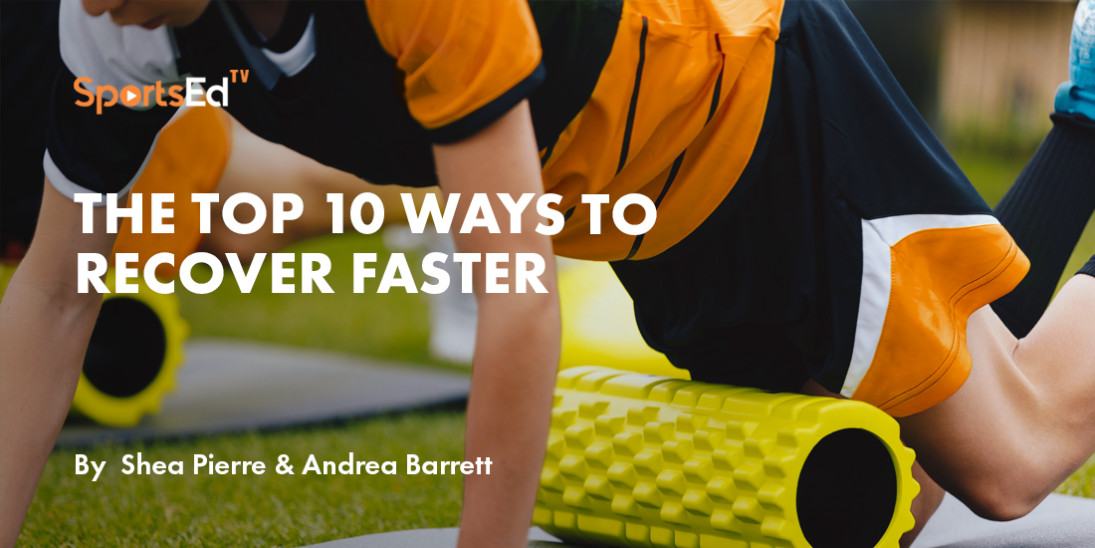
SportsEdTV Soccer is committed to bringing athletes, coaches, and parents pro-level Soccer education videos for FREE. All levels, anywhere, anytime. Check out our full instructional library and sign up to join our Soccer community.
Physical stress is high when you’re an athlete, and frankly, there’s no way around that. While proper nutrition can help mitigate some of the effects of stress, proper rest and recovery are imperative to ensure peak performance. Unfortunately, most athletes neglect recovery. The “no days off” philosophy trumps, and we often feel guilty when we skip training. But in reality, taking one or two rest and recovery days a week may prove more beneficial than overtraining.
Studies show that the body takes a huge hit when we overtrain and fail to get enough rest. Not only does it impact physical performance, but it can also contribute to poor immune function, neurological changes, hormonal disturbances, and depression.
When we say recovery, we don’t mean sitting around waiting for your muscles to repair themselves. Rather, athletes should take an active role in the recovery process. This includes focusing on proper nutritional practices, as well as sleep, active stretching and exercise (yoga, swimming, etc.), and even other recovery techniques like cryotherapy, recovery boots, and contrast showers.
A properly designed training program should schedule both training periods and rest and recovery periods because, as we know, injury can happen very easily when the body isn’t in peak mental and physical condition.
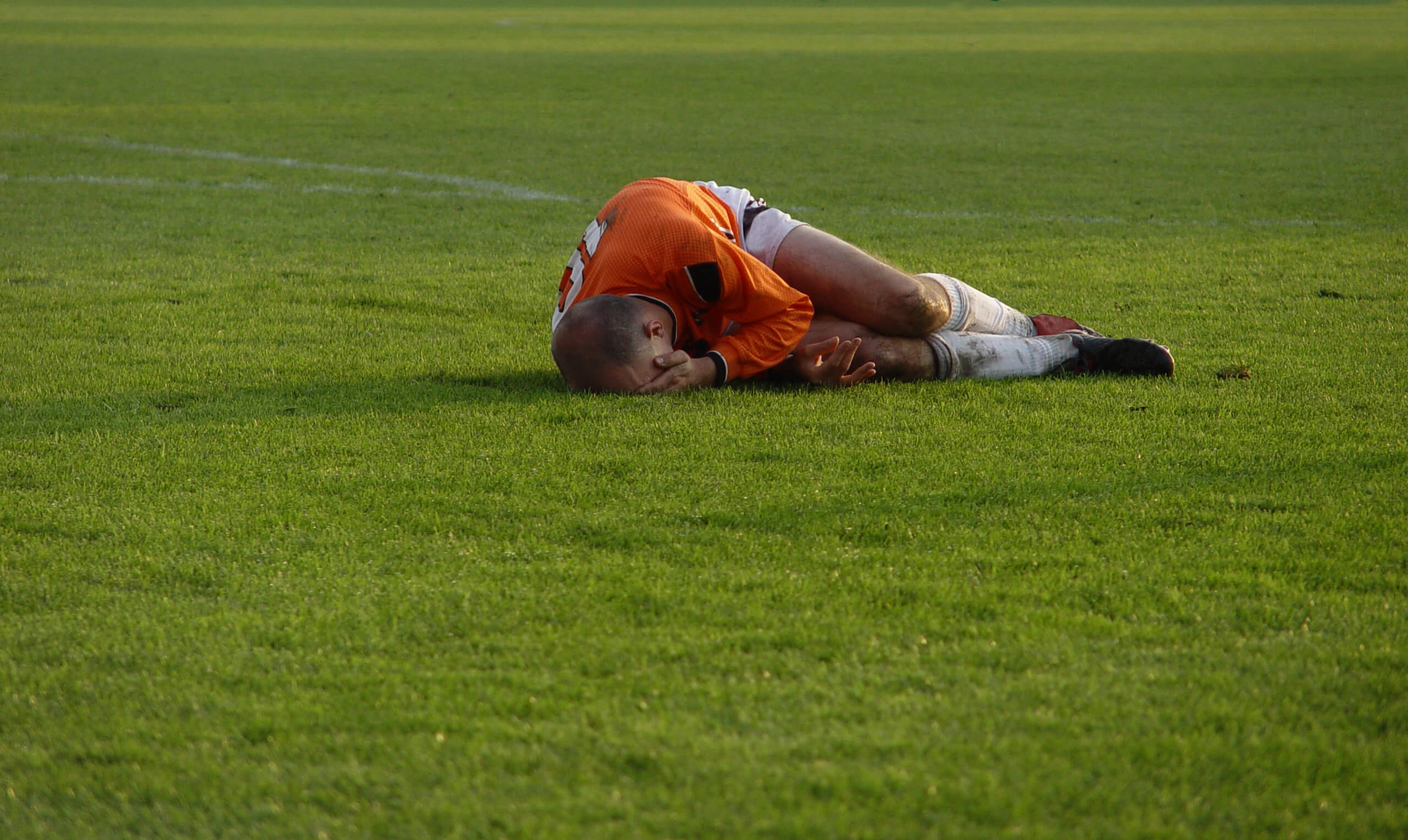
A proper training program will ensure enough time for rest and recovery to reduce the change of injury
Why Proper Recovery Is Important
Adequate recovery time has been shown to benefit athletic performance by restoring both physiological and psychological processes that allow an athlete to train or compete again at an appropriate level. But the length and type of recovery needed isn’t just dependent on how hard or how long you worked out for — it also depends on external factors outside of the gym. These include:
- Training or competition: Volume, intensity, duration, frequency, type of training, degree of fatigue, previous recovery
- Nutrition: Macronutrient intake (carbs, protein, fats), fluid and electrolyte balance
- Psychological stress: Competition stress and/or anxiety
- Lifestyle: Sleep (quality and amount), schedule, housing, social activities, relationships, occupation/job
- Health: Infection, injury, illness, extent of muscle damage/soreness
- Environment: Temperature, humidity, altitude
All of these factors play a role in how you train as well as how you recover. Different conditions — both mental and physical — require different methods of recovery to condition an athlete to perform at his or her best.
Rest and recovery periods offer an opportunity for the body to repair itself. The extent of the damage to your body varies depending on your sport and training intensity or duration. But for the most part, the body undergoes some sort of damage, regardless of the activity. When doing resistance training using heavy weights, for example, muscle fibers are stressed and tear, which requires time to repair. Even walking or running for extended periods of time puts stress on the skeletal system and can leave you at risk for micro-fractures in the bones. And we all know about muscle cramps that result from lactic acid buildup, which the body must excrete to maintain proper blood pH. For the most part, the body can adjust pretty quickly and recover from physical exertion as long as the conditions are right.
What Happens When We Allow Time To Recover
1. Muscle fiber repair
When the muscles experience stress, that stress damages the proteins that comprise muscle fibers. During recovery, muscle fibers heal and become stronger than they previously were, which increases their strength and resistance to damage.
There are two types of muscular overload factors that affect muscle repair: metabolic and mechanical.
- Metabolic — Metabolic overload is the amount of work that a muscle performs that depletes it of available energy. As you repeatedly push the muscle to fatigue, it adapts to hold increased amounts of glycogen for energy supply. One gram of glycogen also holds three grams of water, which means as glycogen storage increases, so does the muscle size.
- Mechanical — Mechanical overload is the structural damage ensued to protein filaments as a result of strenuous exercise (resistance training, plyometrics, etc.). This overload-causing muscle damage initiates a repair process whereby hormones and protein synthesize new cells that are used to repair damaged muscles.
2. Fluid restoration
When physical exertion levels increase, core body temperature does as well. This provokes the body to sweat, which causes fluid loss. Proper hydration practices can minimize the effects of dehydration and maintain adequate fluid levels, which means the body doesn’t have to work as hard to rebalance fluid levels once exercise stops.
3. Protein synthesis
Protein — specifically amino acids — is necessary to repair muscle fibers after damage from an intense training session. A study published in the Canadian Journal of Applied Physiology found that muscle protein synthesis is elevated by approximately 50% four hours post-resistance training, and by as much as 109% 24-hours after training.
The process of muscle synthesis is necessary both for muscular repair and muscular growth, so they can handle higher levels of physical exertion during subsequent training sessions.
But There’s More Than One Way To Let Your Body Recover
Rest and recovery don’t always have to mean sleeping or sitting on the couch. An athlete can also choose to participate in active recovery. What’s the difference?
Passive recovery is a complete halt from any form of exercise. It means avoiding any sort of physical activity that will place more stress on the body. The length of passive recovery needed differs between athletes based on fitness level and the intensity of workouts.
Active recovery, on the other hand, involves low-intensity and low-impact exercise to promote greater blood flow and tissue repair without further stressing the body. Things like low-impact biking, walking, yoga, or simply stretching are all great forms of active recovery that enable the body to heal. If it’s an activity that doesn’t cause you to become gassed or fatigue your muscles, it’s probably part of an active recovery.
1. Sleep

Sleep is crucial to many functions in the body, not just athletic recovery — but it does play an important role in recovery. During sleep, the body produces hormones and growth factors necessary for the repair and growth of body tissues. And while the body is continually repairing itself throughout the day, it peaks during stage-three and four of sleep — the point in which we are at our deepest sleep. This is because metabolic activity is at its lowest during this period, while growth hormone secretion is at its highest.
2. Soft-tissue therapy (myofascial release)
Soft tissue therapy, also called myofascial release, includes massage and foam rolling. Both of these techniques help to target spots of tension within the fascia (what encloses muscle fibers) and muscles. By applying pressure to the fascia, it allows it, and therefore muscles, to separate, relax, and become more flexible. When performed immediately before and after exercise, it can help to decrease feelings of muscle soreness and help speed up muscle recovery. This study showed that foam rolling substantially reduces the negative effects of delayed-onset muscle soreness (DOMS) and enhances recovery due to pain reduction and increased voluntary activation.
3. Recovery boots (Normatec)
The Normatec recovery boot system is a full-leg compression system designed to aid leg recovery. The two attachment pieces (which go on your legs) ‘massage’ the limbs through air compression, which enhances recovery by mobilizing fluid from the limbs towards the core.
4. Stretching
Post-exercise stretching has been a long-standing recommendation to reduce muscle soreness and stiffness. Stretching is done by applying force to the muscles to change their length, usually to improve the range of motion, reduce soreness, or warm the muscles up in preparation for an upcoming activity.

But not all stretching is equal, and the type you do depends on when you’re stretching.
- Static stretching is most common among post-exercise cool-down routines and involves taking a muscle or group of muscles to the furthest point of tension and holding that position for a specified period of time (e.g., 30 seconds).
- Dynamic stretching is a form of active movement that doesn’t hold a stretch, but rather takes the body through ranges of motion that will better prepare for the workout or sport. Dynamic stretching has been shown to improve power and agility during workouts, as well as reaction time.
Stretching the muscles before and after a workout shows a number of benefits:
- Improves blood flow
- Reduces muscle soreness
- Modules parasympathetic nervous system — enhances parasympathetic nervous activity
- Improves range of motion — flexibility and mobility
5. Saunas
Infrared saunas (IR) are climbing the charts when it comes to enhancing athlete recovery. Compared with traditional dry saunas that heat only the surroundings, IR saunas use infrared lamps to release electromagnetic radiation that the body can absorb to as much as 1.5” under the skin, which is why IR saunas are so beneficial.
Several studies have shown that regular sauna use helps to enhance recovery of the neuromuscular system after maximal endurance performances by enhancing blood flow, relaxing muscles, and reducing inflammation.
6. Cryotherapy
Cryotherapy, also known as whole-body cold immersion, is a form of athletic recovery that’s gaining popularity. Athletic therapy is used to relieve muscle pain, sprains, and swelling after soft tissue damage.
A study conducted on whole body cryotherapy (WBC) use in well-trained runners found that using cryotherapy after training sessions can help to reduce feelings of muscle pain and tiredness, as well as reduce levels of creatine kinase (CK), an indicator of muscle damage. Another study found that when compared to passive recovery techniques, WBC decreased levels of inflammatory cytokines, which demonstrates that WBC may be beneficial in reducing inflammation levels associated with exercise-induced muscle damage.
7. Yoga
Yoga can be highly beneficial as a form of active recovery for athletes. A gentle class — or even one designed specifically for athletes — will help target muscle stiffness and soreness, particularly in troublesome areas like the lower back, IT band, and calves. The static postures help to safely lengthen muscles and tendons while also helping to reduce inflammation. Not only that, a regular yoga practice can also help to enhance flexibility, calm the mind, and bring you back to the present so you’re not rushing through things — something most people struggle with.
8. Swimming
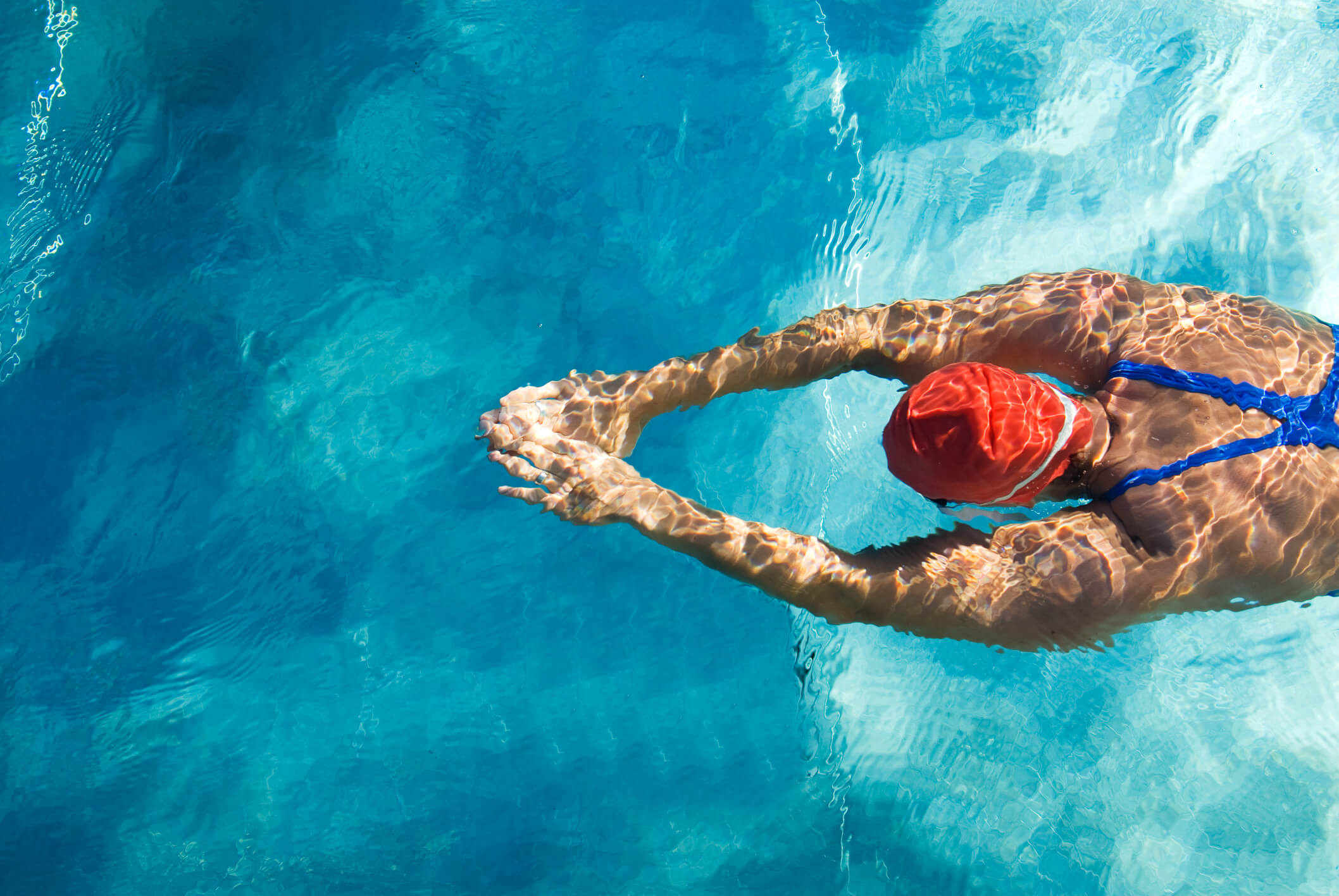
Swimming is a great option for athletes looking for an active recovery. As it’s not a weight-bearing exercise, there is virtually no stress placed on the body, which makes it ideal for recovery. In a 2012 study published in the Journal of Sports Medicine and Physical Fitness, researchers tested three classic recovery methods to determine the extent of serum lactate clearance after exercise: massage, active recovery, and passive recovery. It concluded that active recovery was the most effective at clearing blood lactate. Another study published in the International Journal of Sports Medicine found that a swimming-based recovery session enhanced exercise performance the following day.
9. Epsom salts
Epsom salts, which are comprised primarily of magnesium sulfate, are a common method of recovery for athletes. Magnesium salts are touted for their ability to relax muscles, and when immersed in a hot bath filled with them, the results can be seriously relaxing. The heat, combined with magnesium, helps to dilate blood vessels to promote greater blood circulation and increase core body temperature. Doing so also helps to release pent-up metabolic waste and toxins that are produced during exercise.
10. Contrast showers
Hot and cold contrast showers have been used for ages to help with muscle soreness. The hot water helps to dilate blood vessels and increase blood circulation, while the cold water constricts blood vessels and decreases blood flow. This contrast creates a ‘pumping’ effect that assists in flushing lactic acid and other toxins from the body that build up during exercise.
When it comes to recovery, there are plenty of options for athletes to choose from. Not every type will work for everyone, so it’s about experimenting and finding what works best for you, your body, and your performance.




